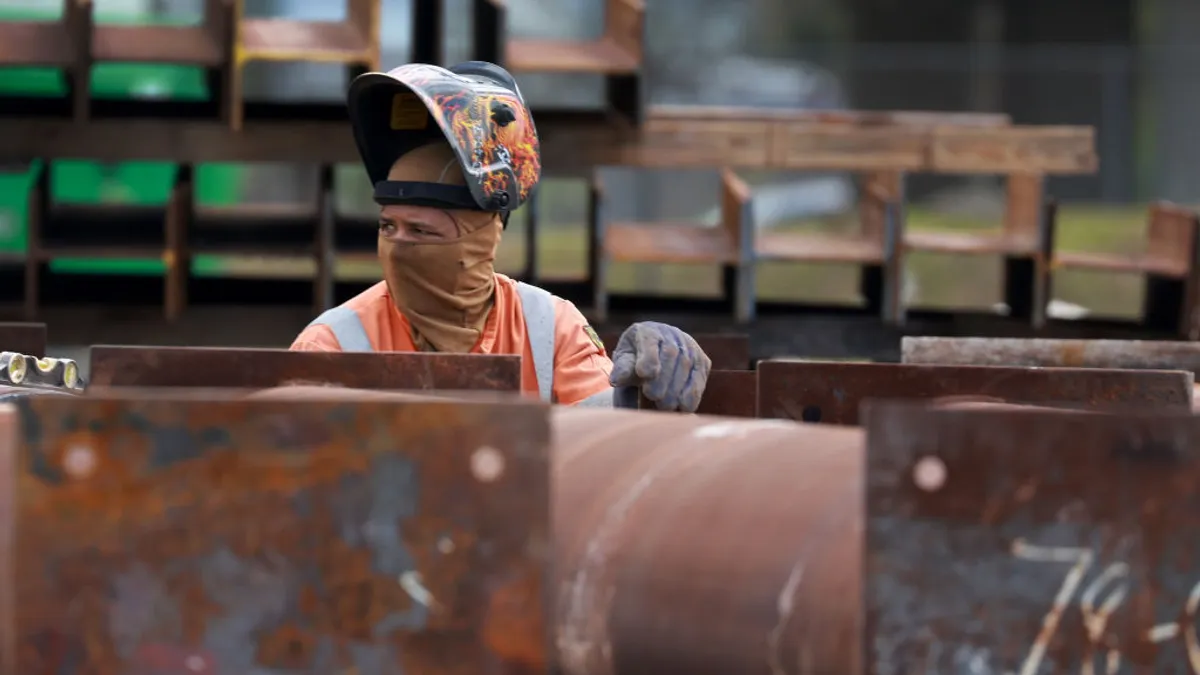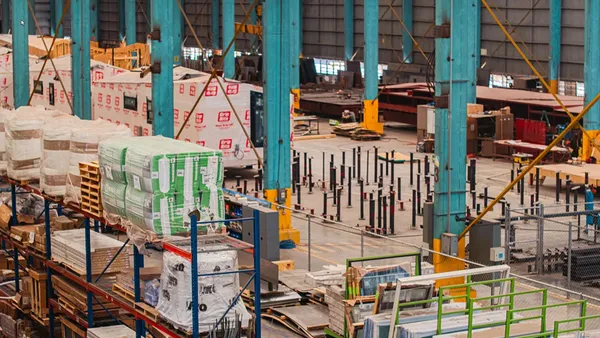Dive Brief:
- Healthcare Finance, using data from HIMSS Analytics' Logic Health IT Market Intelligence Platform, compiled a list of the biggest hospital projects that were either announced or got started in August, and Allegheny Health Network lead the way with construction of a 160-bed hospital in Pine Township, Pennsylvania, which is the first facility of its planned $1 billion expansion. This is an increase from the $700 million Allegheny and its parent company, Highmark Health, projected in October 2017.
- Other projects include a $100 million, 250,000-square-foot Western Connecticut Health Network facility in Danbury, Connecticut; the $13.8 million, 38,000-square-foot Children's Hospital Medical Center of Akron in Akron, Ohio; a $9.7 million renovation and expansion of Waldo County General Hospital – Diabetes Services in Belfast, Maine; a $15 million cardiovascular pavilion at Mount Nittany Health in State College, Pennsylvania; and a $44 million micro-hospital — a collaboration between Beaufort Memorial Hospital in Beaufort, South Carolina, and Medical University of SC in Summerville, South Carolina — that will provide a 15-bed emergency room and 20 additional beds for acute care patients.
- Becker's Health Review also reported on major hospital activity in August. Michigan-based Beaumont Health announced it would open 30 urgent care centers in Detroit through a partnership with Atlanta-based WellStreet Urgent Care; La Porte Hospital in La Porte, Indiana, started construction of a $125 million replacement healthcare facility; Indiana University Health North Hospital in Carmel, Indiana broke ground on a $55 million cancer center; and Sutter Health completed construction of the $538 million, 120-bed California Pacific Medical Center Mission in San Francisco and opened the facility.
Dive Insight:
Contractors that participate in healthcare projects, particularly those at major hospitals, are likely familiar with the trend toward resilient design. According to Health Facilities Management's latest annual survey, a facility's ability to bounce back after a major disaster has become one of the top considerations in design and construction.
Some of the strategies hospitals have employed are installing floodgates (MD Anderson Cancer Center in Houston) and high-velocity, laminated safety glass; relocating electrical and other major systems on upper floors rather than at ground level and protecting them with sturdy concrete enclosures; and replacing ballasted roofs with those that can demonstrate greater adherence.
Other trends in hospital construction include owners choosing to perform renovations instead of ground-up construction — possibly in response to nearly flat funding — and more outpatient centers rather than inpatient facilities in order to provide healthcare on a more cost-effective basis.
Another growth area is in behavioral health center construction. More than 50% of respondents to HFM's yearly survey said they were building or planning to build these facilities, up from 17% five years ago. Additionally, about 14% of hospitals are building or are planning to build urgent care facilities in the next three years.













